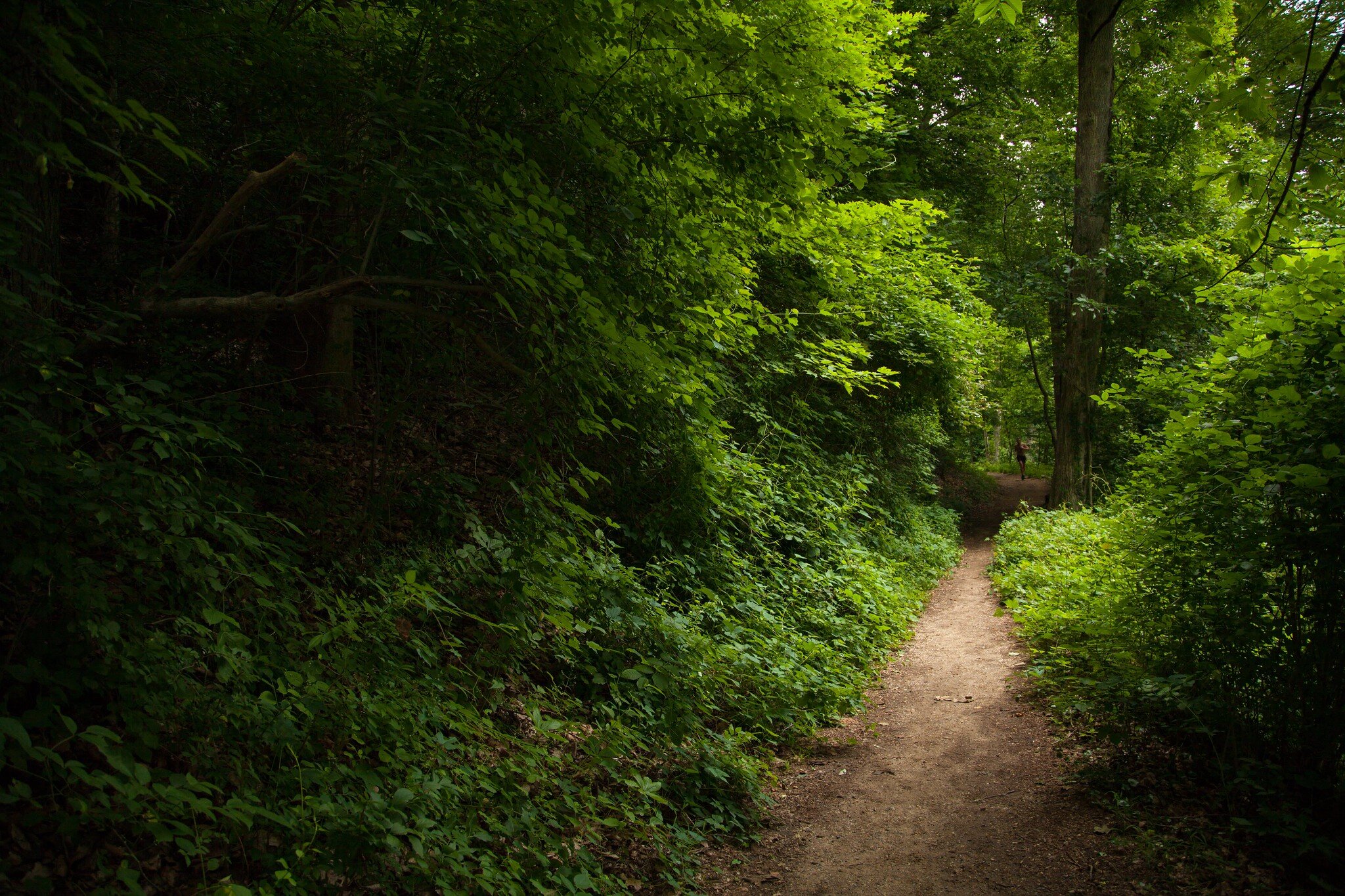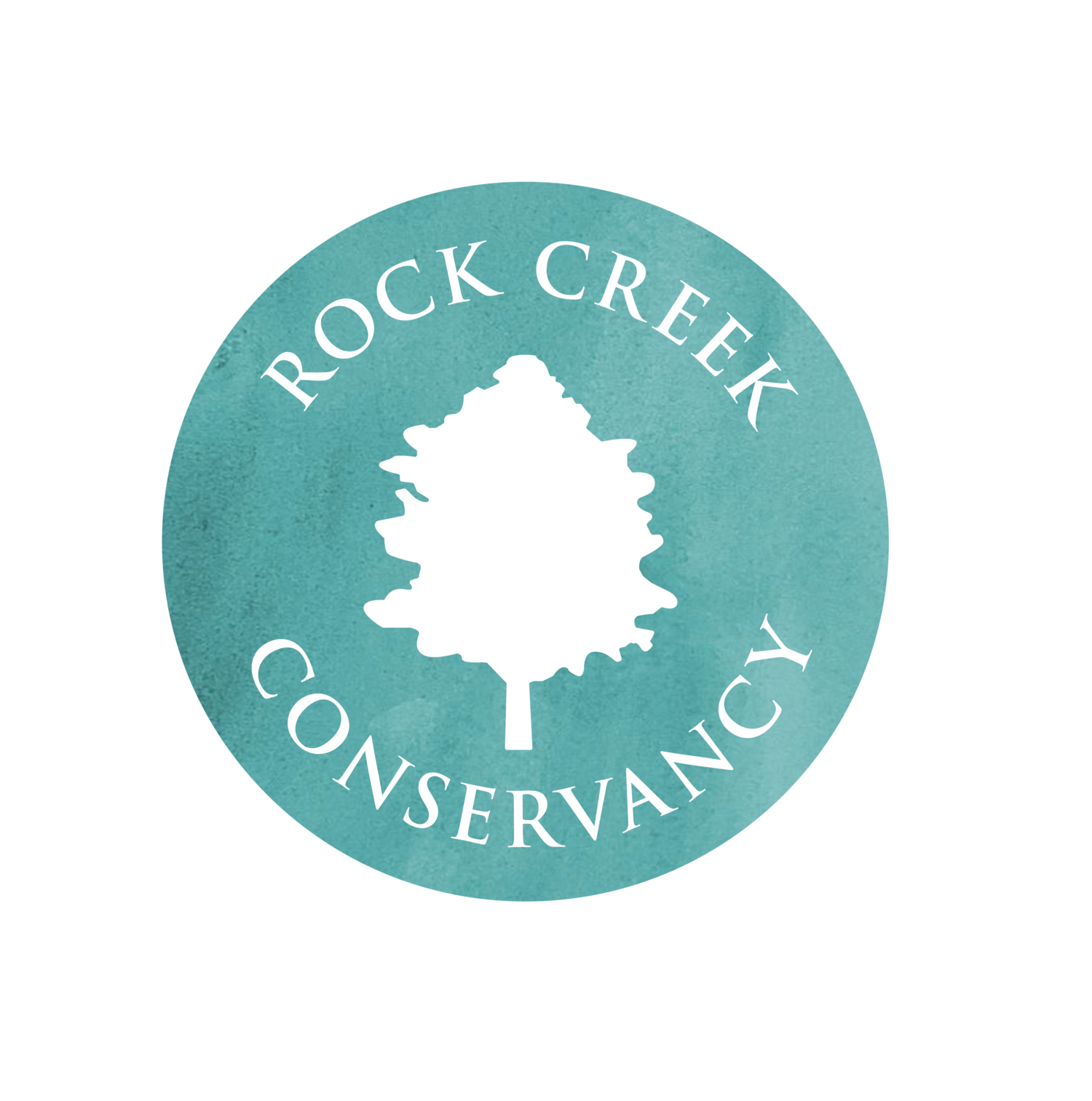
Rock Creek Park Signs
Building Common Ground
Rock Creek Park is much larger than most people think.
Rock Creek Park includes nearly 3,000 acres and 99 different places—including woods with trails for hiking and horseback-riding, paved paths and roads for bicycling, scenic roads, a golf course, tennis courts, boat centers with kayaking and canoeing, fishing spots, picnic sites, and more.
In addition, Rock Creek Park includes many small parks and parcels in the heart of the city—some with statues and fountains—and even a few traffic circles.
Rock Creek Park is “common ground”—owned by all Americans as a national park site and beloved by many people in the DC metro area. Many residents see the park as an urban oasis. Rock Creek Park cools our summers and cleans our air, it teaches us history, it improves our health with its natural spaces to enjoy the outdoors, it increases the value of our homes, and makes the city an attractive place to live.
This project is a chance to better connect our common ground with many communities—nearby residents, people from all across the U.S., and visitors from all over the world. New and improved signs will be placed throughout Rock Creek Park to help everyone discover its wonders.
To help bring the sign project to life, Rock Creek Conservancy has supported the development of a comprehensive sign plan. The plan has been approved by all oversight bodies, and it is time to start making and installing the signs!
A pilot trailhead sign was installed at the top of the Pine Trail in April 2021.
The National Park Service has offered a Centennial Challenge Grant of $225,000. This grant is part of efforts to prepare national parks for another century of conservation, preservation, and enjoyment—with the help of others like you.
Help us bring signs to the park!
Our goal is to provide a cohesive, visual welcome to Rock Creek Park and its many small satellite parks throughout the district. Signs will:
Provide concise and consistent messaging.
Consolidate signage to reduce visual clutter and redundancy – using pictographs for visual accessibility for non-English speaking visitors.
Be consistent with National Park Service standards.
Harmonize with historic landmarks, woodland pathways, and diverse locations across the city.
Be prioritized at sites on the park’s east side, where there is less signage.
The project includes different kinds of signs including
-
Road Signs
to direct motorists and visitors to navigate through the park
-
Identification Signs
including the park entrance (as we will see at Virginia Avenue)
-
Visitor Information Signs
including maps, wayfinding, trail markers, and rules and regulations


